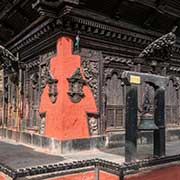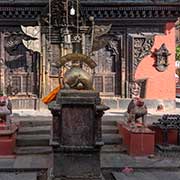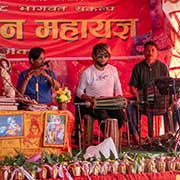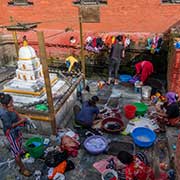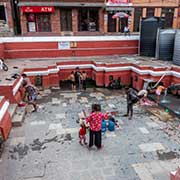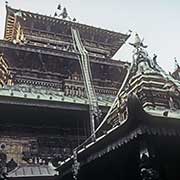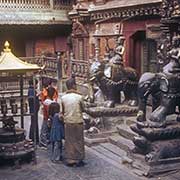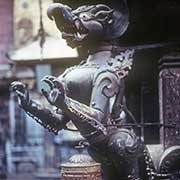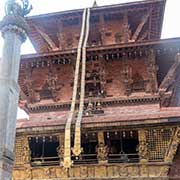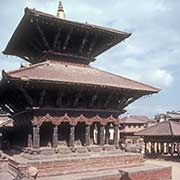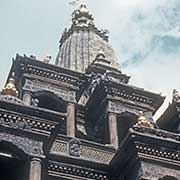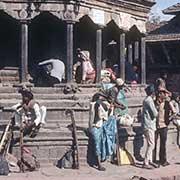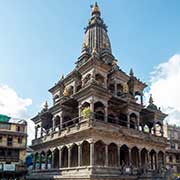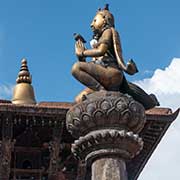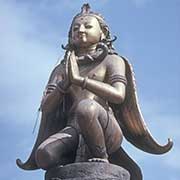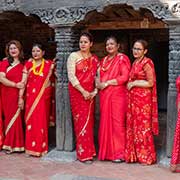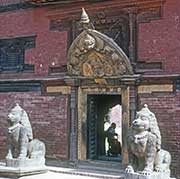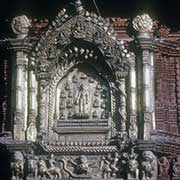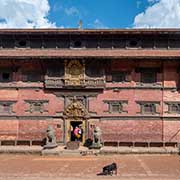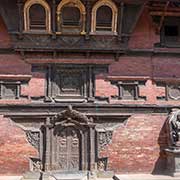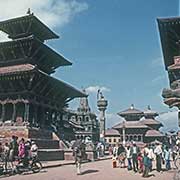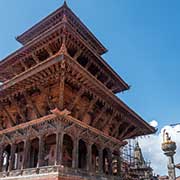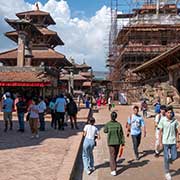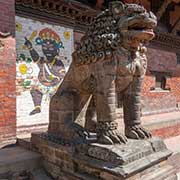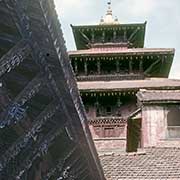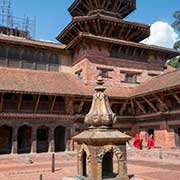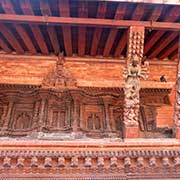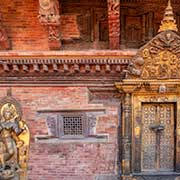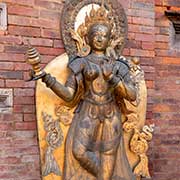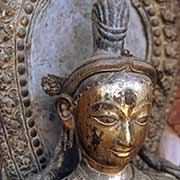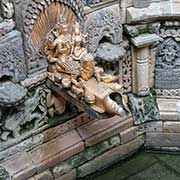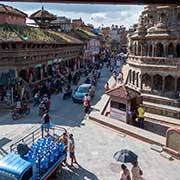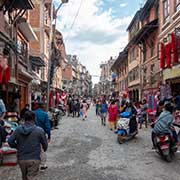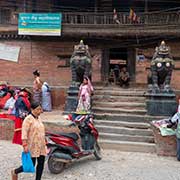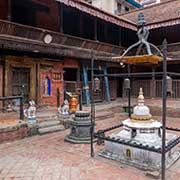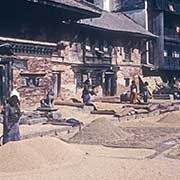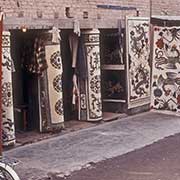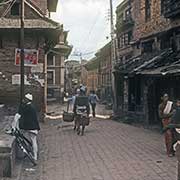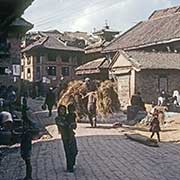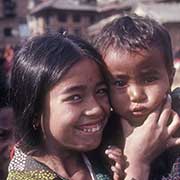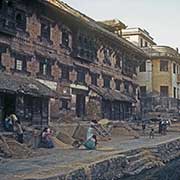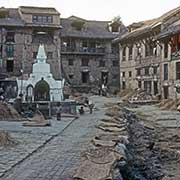Photos of Lalitpur (Patan) and Kirtipur, Nepal
Lalitpur and Kirtipur, historical cities
Historically called Patan, Lalitpur is Nepal’s third-largest city and is situated south of the Bagmati River, which separates it from Kathmandu. Like the others, it has a rich cultural heritage. It is also known as Manigal and, in Nepal Bhasa, the language of its Newar inhabitants, Yala. It dates back to the third Century BCE and has been expanded over the centuries by the different kingdoms ruling it.
you may then send it as a postcard if you wish.
As in the other two cities, Patan Durbar Square is the focal point with its Royal Palace, forming the entire eastern side of the square. It was built in the 14th Century and expanded during the 17th and 18th centuries. It now functions as the Patan Museum. Its superb Golden Gate dates from 1734; the finely engraved and gilded gateway is topped by a golden Torana showing Shiva, Parvati, Ganesh and Kumar. There are superb temples, like the Taleju and the Krishna temples, constructed in 1667 in the local Granthakuta or “Shikhara” style, imported from India. Nearby are the Vishwanath Temple of 1627, dedicated to Lord Shiva, and the Bhimsen Temple, featuring ornate woodcarvings.
North of Patan Durbar Square is a centuries-old Buddhist monastery, Hiranyavarna Mahavihara or Kwa Baha, with ornate brass statues and elements plated in gold. But there are also winding streets in the old city and women drying grain in the squares. The same scenes can be seen about seven kilometres west in Kirtipur, or Kipoo in the Newari language, an ancient city known for its temples. One of the best-known is the 16th-century Bagh Bhairab temple, dedicated to the god Bhairab, regarded as the guardian of Kirtipur.



